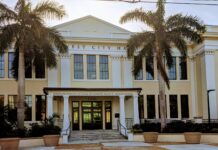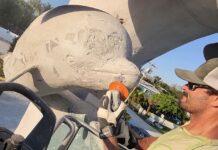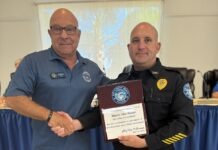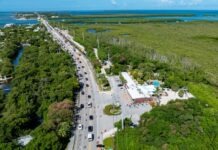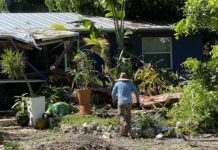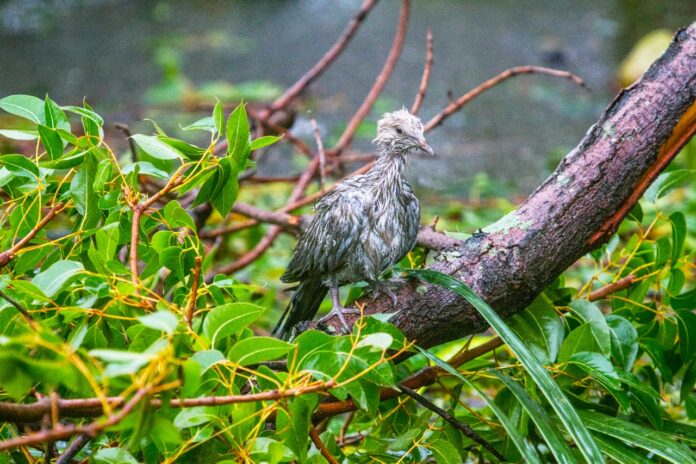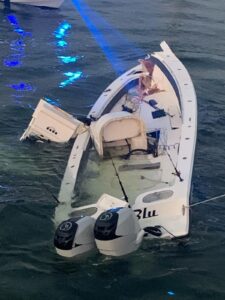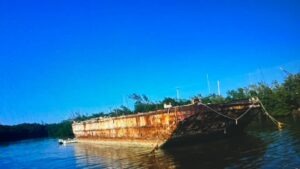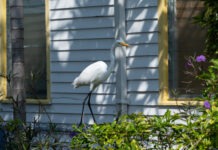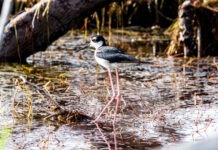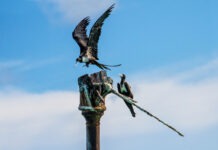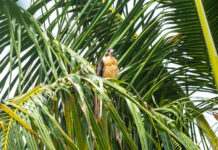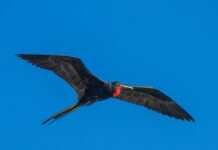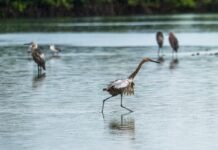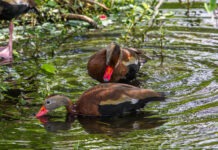Birds are not necessarily the first thing on most people’s minds when a hurricane is churning toward them. But birders have some unique personalities, and I’ve received more than the occasional text from mainland birder friends wanting to know what I was seeing as the barometer dropped and the wind came up.
My usual response was that I was mostly seeing a lot of plywood and drill bits, and that boarding up the house was taking the priority to looking for stray birds, which usually earned me a lot of “What kind of half-assed birder are you?” snark. Over the years, though, I’ve made it down to the beach a few times to scan the horizon for a while, while a hurricane or tropical storm comes in.
What birders are looking for in hurricane and tropical storm situations are weird and exotic things from foreign lands. Birds get caught in storms pretty often — usually pelagic birds, which spend their life at sea, but also the occasional migrant just trying to make it from one place to another. Birds living in tropical oceans, such as bridled terns, sooty terns, magnificent frigatebirds and brown noddies, end up in places like New Jersey, Wisconsin and Montana. Sometimes they are pushed by the front of the storm, sometimes they are caught up in it, and sometimes they ride in the eye of the storm.
In 2005, during Hurricane Wilma, a number of chimney swifts — a North American species, most likely from Canada — were blown across the Atlantic to sites in Portugal, Ireland and England. In 2011 there was a migrating whimbrel — a long-billed shorebird that breeds in Alaska and Canada — with a satellite tracker strapped to her back, who took off in Nova Scotia, most likely trying to get to her wintering territory in St. Croix, but got caught in Tropical Storm Gert. She flew for a solid 27 hours into a headwind, moving at about 7 mph, until she broke through the other side of the storm, where she was pushed by a 90-mph tailwind back to Cape Cod.
Last year, more than 100 American flamingos, birds from the Yucatan most likely migrating to a destination like Cuba, were instead blown to various spots to the United States, among them Ohio, Pennsylvania, Kentucky, Michigan, Wisconsin and Kansas, though the vast bulk of them — at least 90 birds — landed in Florida.
Honestly, most times I’ve made it out to look for birds in a hurricane or a tropical storm, I haven’t seen much by way of storm-tossed rare birds, which in the birder world are officially called accidentals.
The morning Hurricane Irma was passing, while it was still blowing pretty hard, I went out and did see some birds, but mostly laughing gulls and royal terns, local species which could have landed and ducked out of the wind, but had decided not to. I also saw things like rain drenched mourning doves sitting miserably in downed trees, waiting for the sun to come out so they could dry off.
What non-migratory birds do during hurricanes is actually not well-studied. Most of what is known is anecdotal. For instance, I’ve seen chickens hiding behind the tires of parked cars, and I’ve seen mourning doves ducking the wind behind parking blocks. Cavity nesters, such as woodpeckers, are thought to just ride things out in their trees.
The folks at the Avian Research and Conservation Institute did gain some interesting insight during Hurricane Irma. They were satellite-tracking a half dozen reddish egrets to see how they used their habitat when the storm hit. Most of them simply went to their most commonly used roosting sites — mid-island uplands and mangrove forests — and rode the storm out. All of them survived. It was essentially the same story for four snail kites and one short-tailed hawk they were tracking.
Some birds do inevitably die during big storms, though it is not as many as you would think. They generally know what to do, which is get out of the wind. If any creatures in the world understand the full value of being in the lee of things, it’s birds.
